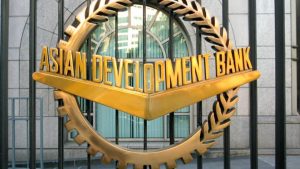VisionIAS
06:46
What is the issue?
- While Indian Army has gained an advantage by taking the Chushul heights, a diplomatic and military long haul seems likely.
- Until Line of Actual Control (LAC) is delineated, the Chinese can be expected to continue violations of Indian Territory.
How dangerous is the situation?


















